Here in America our founding fathers were both admirers and students of the Iron Age Greek civilization that was considered by some in the 18th century to be the founding fathers of the European civilization of their day. Many of the ideals of classical Greece, like personal liberty, democracy and a liberal as opposed to religious education became part of American culture because our founding fathers respected the ancient Greeks so much.
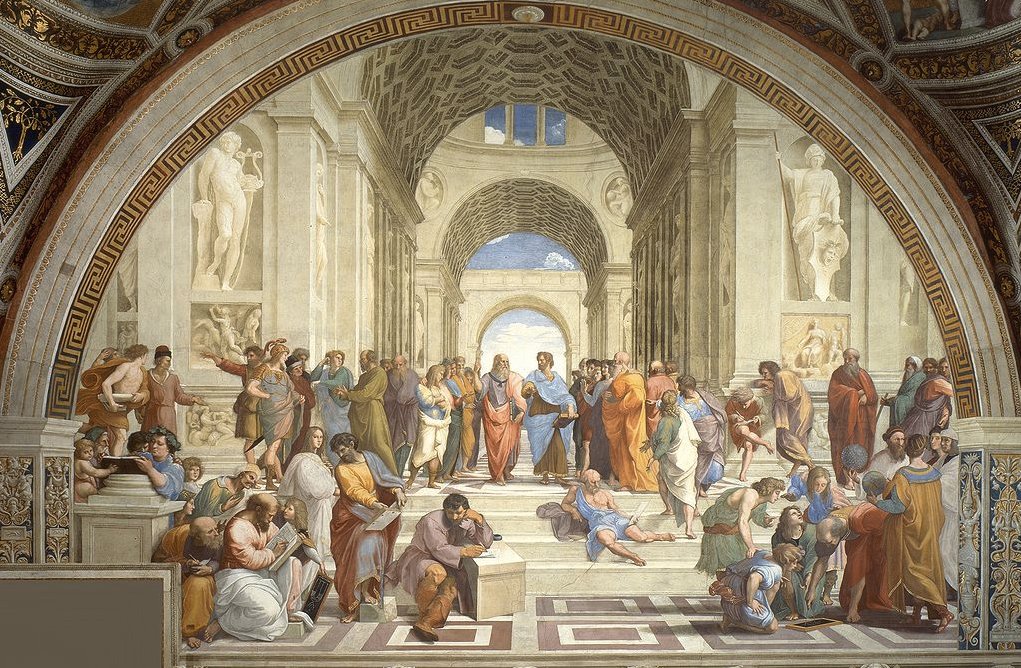
So then who did the Iron Age Greeks regard as their founding fathers? Who did Socrates, Pericles, Herodotus and Euripides admire and look back to for inspiration? Well, that would be the still more ancient Bronze Age cultures that archaeologists have named Mycenaean on the Greek mainland and the earlier Minoan on the Island of Crete. These two peoples built the first civilizations in Europe and therefore are therefore the founding fathers of so much of human history.

For thousands of years most of what we knew about these Bronze Age peoples came from the myths and stories told by the Iron Age Greeks like Homer and later authors. Starting from the late 19th century however archaeologists have learned a great deal about the Minoans and Mycenaeans, sometimes confirming, sometimes contradicting the ancient tales.

Let’s get one thing straight from the start. The Mycenaeans and Minoans did not call themselves by those names. Those terms are strictly archaeological labels for a large number of excavated sites that have been dated to the time of Bronze Age in Greece and Crete. Even Homer didn’t call the heroes of his epics Mycenaeans or Minoans, he called them Achaeans to differentiate them from his own people the Dorians. Recent analysis of the diplomatic archives of the Hittites and Egyptians have indicated that the Mycenaean people may have called themselves something like the Ahhiywans, similar to Homer’s Achaeans, but we have no idea what the ancient Minoans may have called themselves.

Whatever they called themselves Homer considered the Mycenaeans to be a completely different people and culture from his own Doric people. And judging by the myths the Mycenaeans considered themselves to be different from the Minoans.

The name Mycenaean comes from the ruins of Mycenae, the largest and wealthiest of the Bronze Age palatial centers that have been excavated in mainland Greece. According to myth Mycenae was the palace of Agamemnon, the leader of the Greeks during the Trojan War. The Minoans, on the other hand were named for King Minos the most powerful king of Crete in the ancient myths.
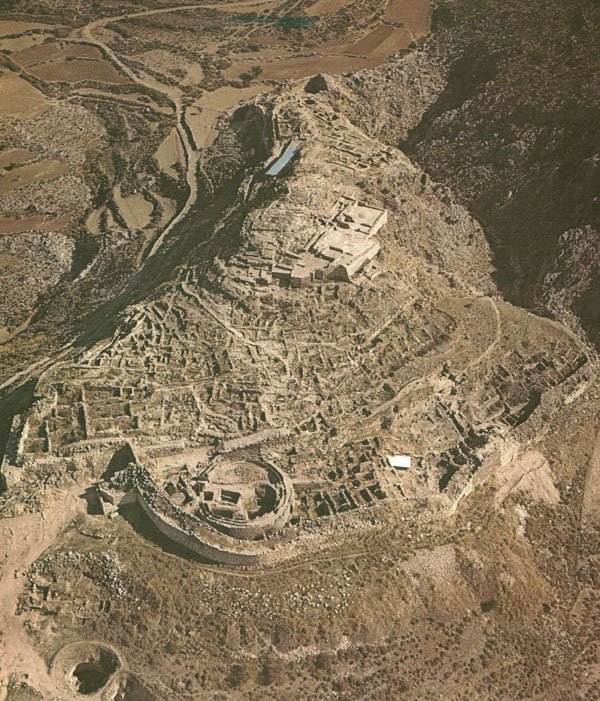
Both the Minoans and Mycenaeans possessed a form of written language that have been given the names Linear A, for the Minoans, and Linear B for the Mycenaeans. A major advance in understanding these Bronze Age cultures came in the 1950s when Micheal Vintris succeeded in deciphering the Linear B of the Mycenaeans and it was discovered that their language was Greek, not too different from the Greek of Homer. Linear A however has resisted all attempts at translation and we have only guesses as to what kind of language the ancient people of Crete spoke.

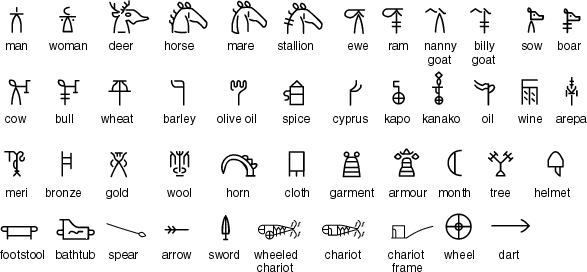
Now archaeologists and historians have a new tool with which to try to understand who the Minoans and Mycenaeans were, where they came from and what relations they have to the people of modern Greece, DNA analysis. A study has just been published in the Journal Nature that details the genetic makeup of nineteen individuals whose remains were unearthed from Bronze Age sites across mainland Greece and Crete. The study also compared that ancient DNA to that of 334 living people from around the world including 30 individuals from modern Greece.
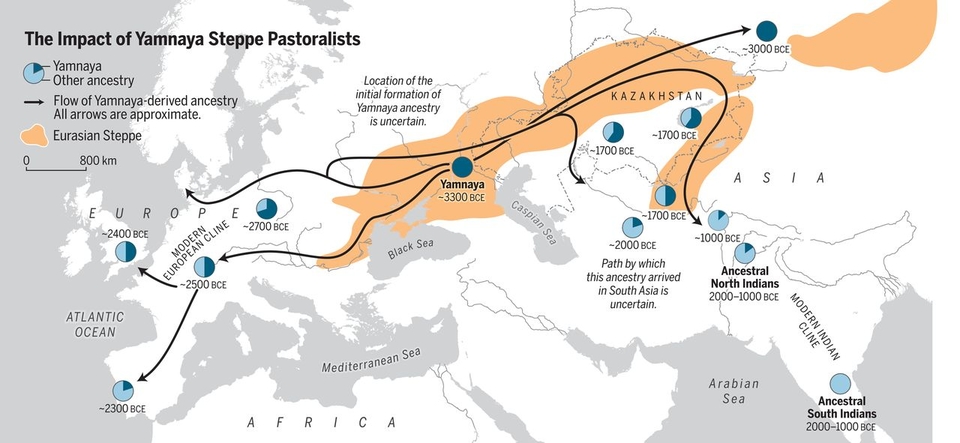
What the researchers found was continuity; some 60-80 percent of the Bronze Age DNA was shared with the modern Greeks. What’s more, when the ancient DNA was compared to DNA samples from sites dated to the Neolithic period, some 7000 BCE, they again found a great deal of overlap. So it seems that Homer was incorrect when he asserted that the Achaeans were a completely different people than his own Dorians.
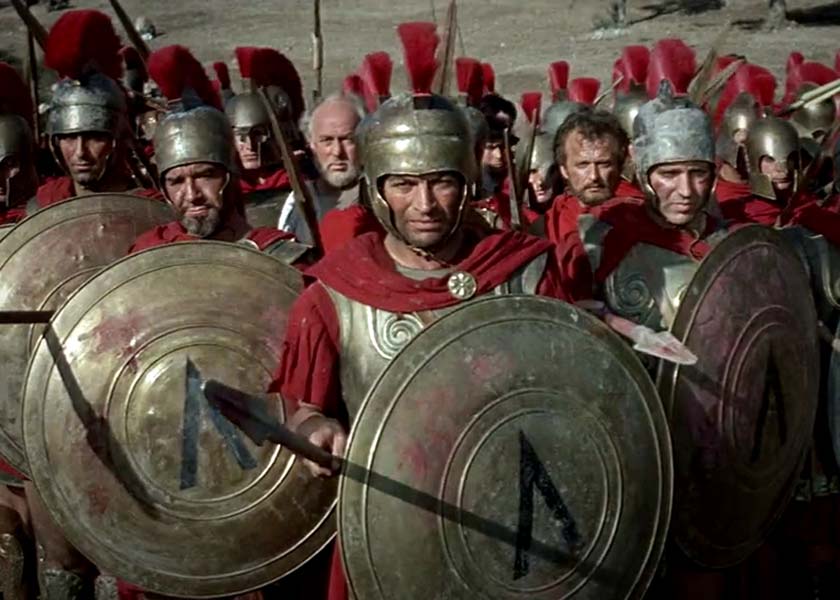
So genetically the people of Greece today pretty much come from people who lived in that part of the world nearly 10,000 years ago! Oh, the study did show some foreign influence; about 10% of the Minoan and Mycenaean DNA appears to have come from the region around modern Iran. Also the Myceaeans, but not the Minoans had genetic similarities to people from the steppes of Eastern Europe and central Asia, the land of the people who the classical Greeks would call the Scythians.

Still, for the most part, the Greeks have been Greek for longer than recorded history, a testament to the Greek spirit and the impact it has had on the Human spirit around the globe.
